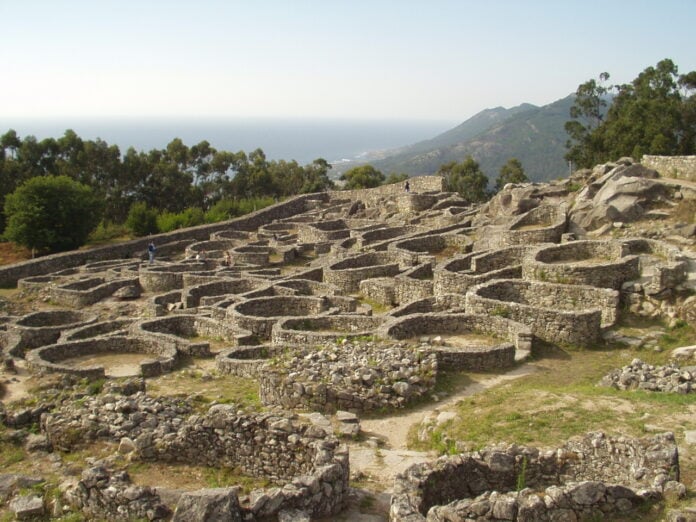Portugal – land of fine wines, golden beaches, and a rich history that stretches to the ends of time. However, there is a deeper layer, long before the Moors and the Romans. We’re talking about Portugal’s Celtic roots, a heritage often obscured by the civilizations that followed, but still vibrant in the hills and valleys of our country.
The Celts, a group of warrior and spiritual tribes, spread across much of Europe during the Iron Age, notably in the first millennium BC. Their presence in Portugal is marked by fortifications, monuments, and rituals that still intrigue and fascinate today. To feel the true essence of this heritage, you need to venture beyond the usual tourist routes and immerse yourself in the places where Celtic ruins still remain.
Castro de São Lourenço
Let’s start our journey in the north, at the São Lourenço hillfort. Located in the parish of Vila Chã, in Esposende, this is one of the best-preserved hillforts in the country. Its walls and circular stone houses speak of a time when the community lived in harmony with nature but was also under constant threat of invasion. Walking along the winding paths that lead to the top of the hill, it is easy to imagine the Celtic warriors watching over the valleys below, always ready to defend their territory.
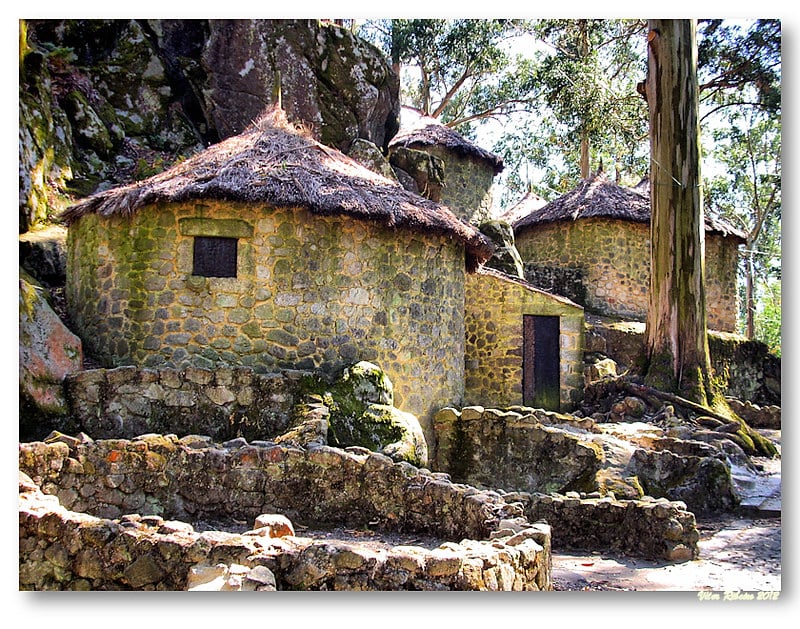
The view from the summit is breathtaking, a reward for those who dare to explore its heights. The stones that form the houses and walls tell stories of lives lived in times of uncertainty and courage. The site is also the scene of historical re-enactments and cultural events that aim to bring ancient times to life.
Citânia de Briteiros
Not far away, in Guimarães, we find Citânia de Briteiros, one of Portugal’s most impressive archaeological sites. This large Celtic settlement was excavated at the end of the 19th century by Francisco Martins Sarmento and revealed a complex network of streets, houses, and community buildings. The stones engraved with enigmatic symbols and the communal hot springs reveal an advanced and spiritual civilization. Here, you can imagine the rituals that united the community.
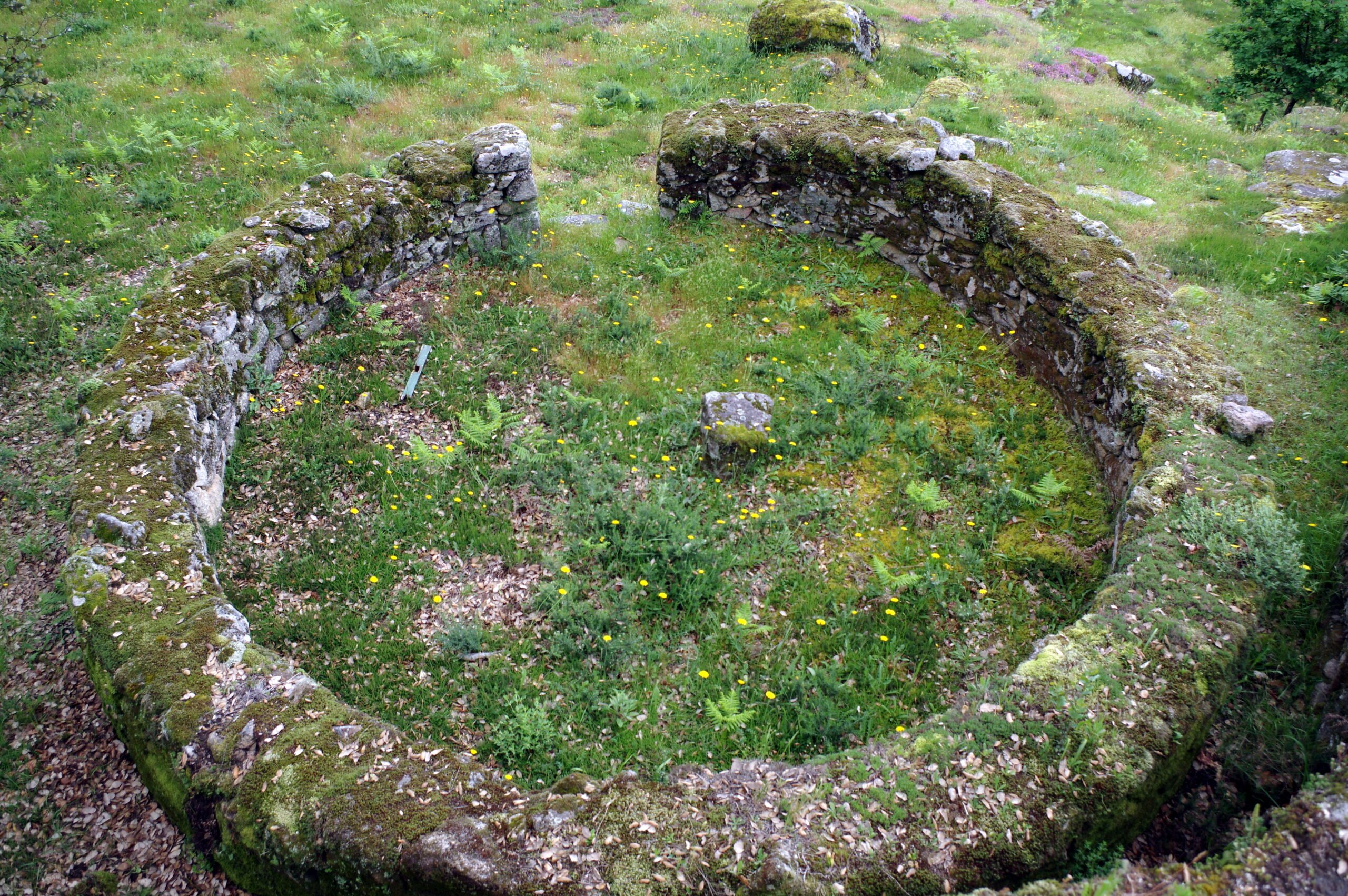
The local museum complements the visit, offering artifacts and information that put the daily life of the ancient Celts into context. The thermal baths, in particular, are a fascinating window into the hygiene and social practices of the period.
Castro de Santa Trega
We continue northwest, on the border with Galicia, where the Castro de Santa Trega (or Santa Tecla) stands imposingly over the River Miño (also known as the River Minho). Although it is technically in Spanish territory, its proximity and historical importance make it an essential stop for understanding the Celtic influence on the Iberian Peninsula. This huge settlement offers breathtaking views and a palpable sense of history. The remains of the houses and walls are complemented by a series of museums and exhibitions that bring Celtic life to the fore.
The climb up the hill is an experience in itself, with winding paths taking visitors through breathtaking scenery. At the top, the ruins offer a clear view of the social and architectural organization of the Celts. The panoramic view of the River Miño and the Atlantic is breathtaking, providing a sense of connection with the ancient inhabitants who also contemplated these same landscapes.
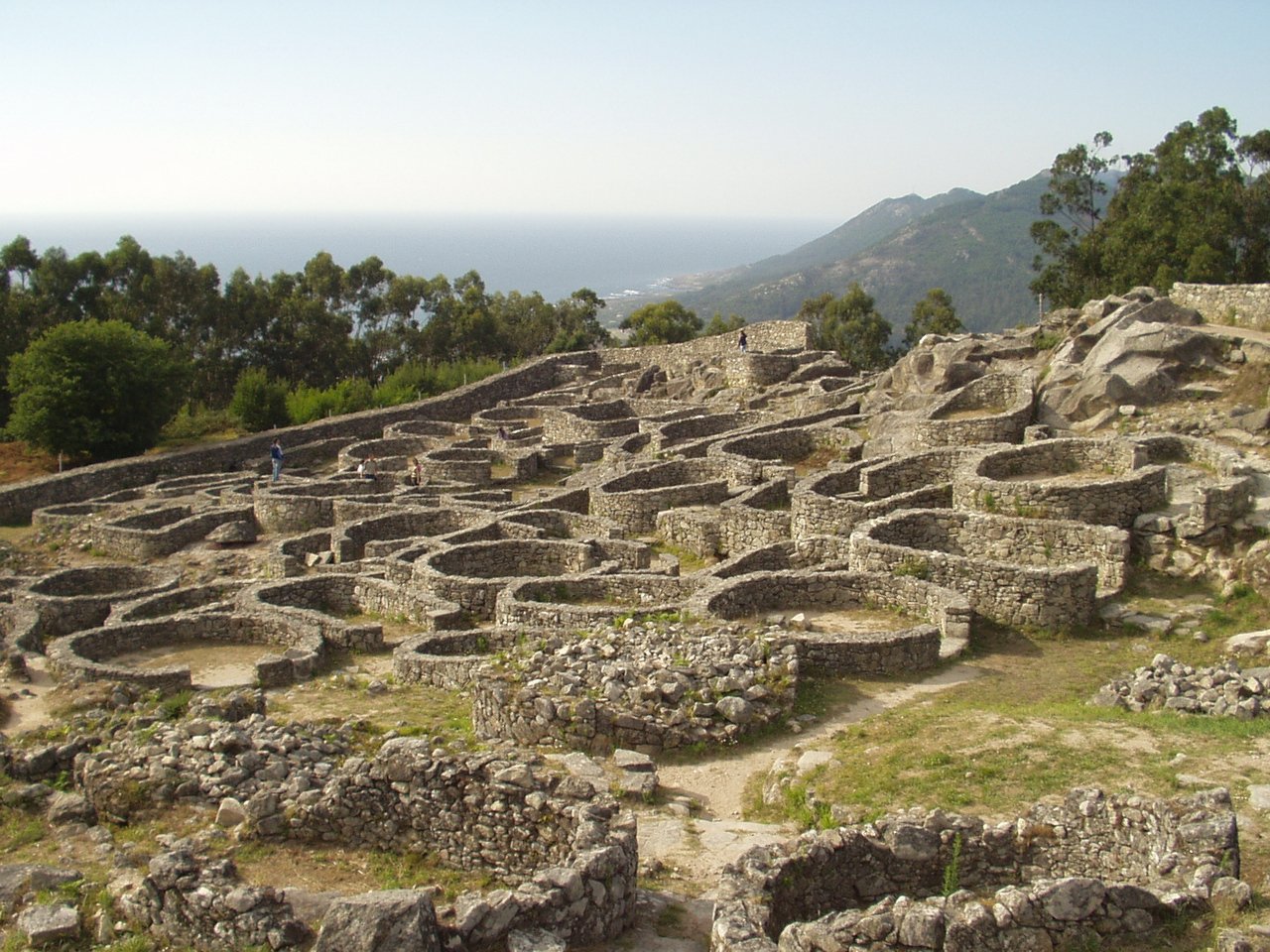
Sete Cidades
In the heart of the Alentejo, we find the Sete Cidades settlement, one of Portugal’s oldest and most mysterious hill forts. Located near Viana do Alentejo, this archaeological site dates back to the Iron Age and is shrouded in legend and mystery. The partially excavated ruins suggest a robust Celtic community that prospered thanks to agriculture and trade. The remains of fortifications and dwellings demonstrate the ingenuity and resilience of this ancient people.
The Alentejo, with its vast landscapes and open skies, provides a unique setting for exploring Celtic ruins. The tranquillity of the place allows for deep reflection on life in ancient times, and the lack of tourists makes the experience even more authentic. The local legends, passed down from generation to generation, add a touch of mystery and fascination to the place.
Moorish Castle
Although the name suggests a different origin, the Moorish Castle in Sintra actually has roots dating back to Celtic times. Situated on top of a green hill, this castle offers breathtaking panoramic views and an aura of mystery. Before the Moors arrived and built the castle, the site was sacred to the Celts, who erected a strategic fort there. The ancient energies can still be felt as you walk along the ramparts and contemplate the vast landscape below.
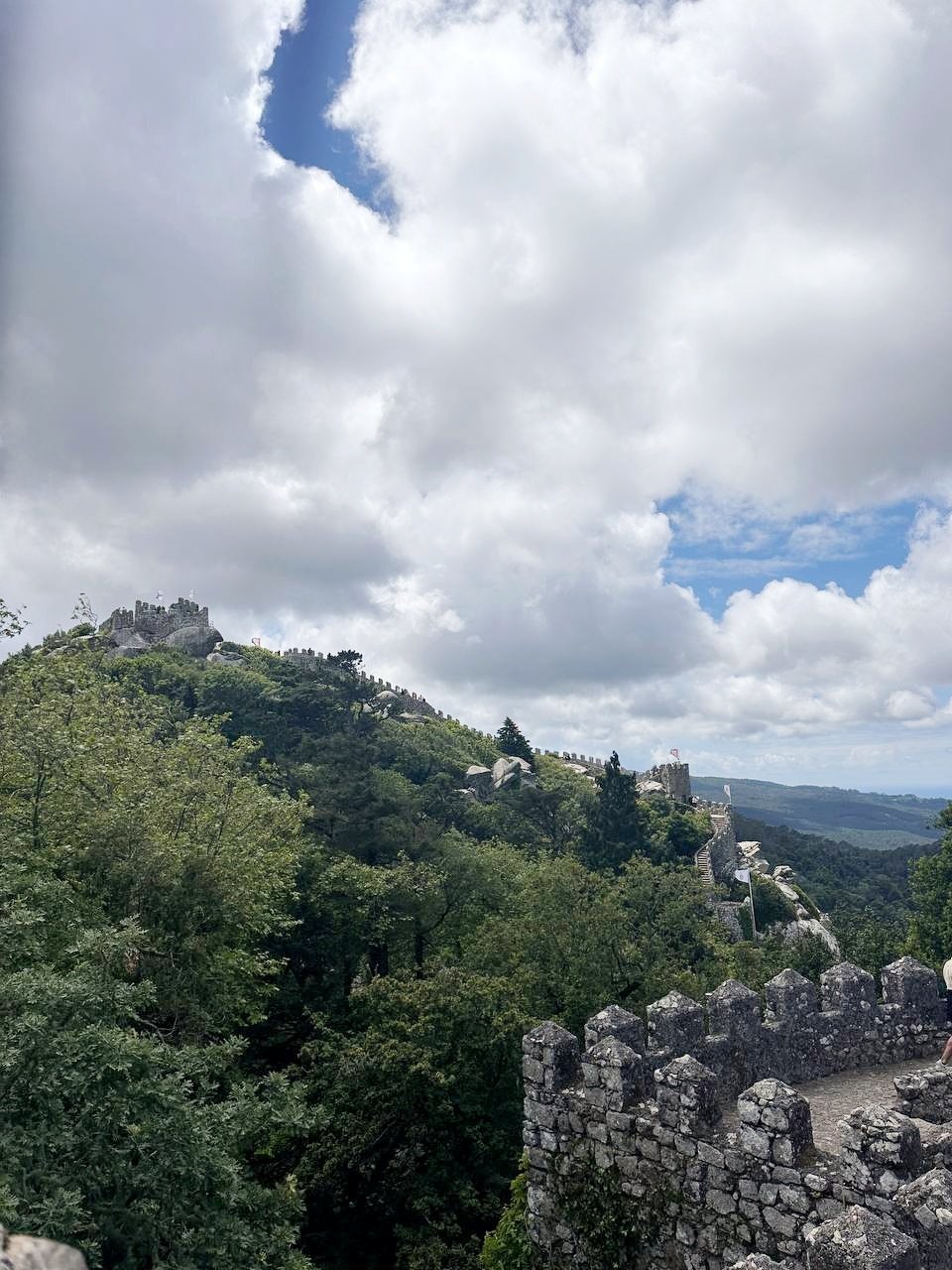
Sintra, with its peculiar microclimate and enchanting landscapes, provides the perfect setting for exploring the ancient Celtic ruins. The castle, with its towers and imposing walls, evokes a sense of majesty. The trails that surround the site are ideal for hiking, offering an intimate connection with nature and history.
Citânia de Sanfins
In the municipality of Paços de Ferreira is the Citânia de Sanfins, an important Celtic settlement that stands out for its complexity and preservation. The ruins of this settlement are vast and include walls, dwellings, and an acropolis. Excavations have revealed artifacts that offer a detailed insight into the life of the Celts, from domestic utensils to weapons and ornaments.
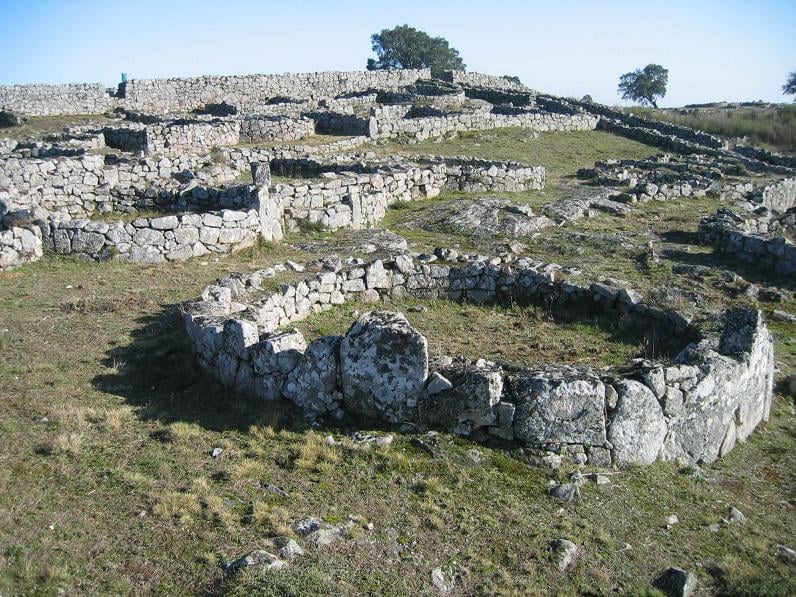
The Citânia de Sanfins is a site of great archaeological and historical interest. The adjoining museum displays many of the finds and offers an in-depth understanding of Celtic culture. Guided tours are recommended for those who want a more enriching experience, which allows for full immersion in the history and legends of the site.
Monte Mozinho
Monte Mozinho, also known as the “Dead City”, is one of the largest hillforts on the Iberian Peninsula. Located in the municipality of Penafiel, this archaeological site covers an extensive area and has a complex network of streets and buildings. Excavations have revealed an advanced social structure, with well-defined residential, commercial, and religious areas.
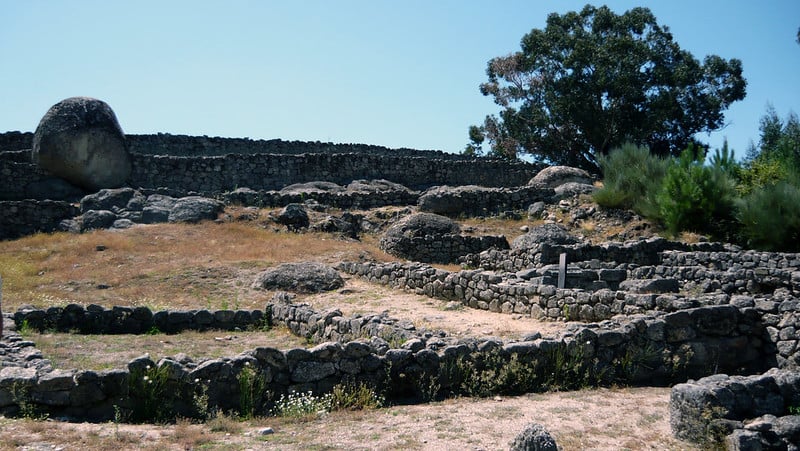
Exploring Monte Mozinho is a unique experience, with its ruins offering a clear view of life in Celtic times. The site is surrounded by beautiful natural landscapes, which provides a peaceful and picturesque environment. The well-marked trails make it easy to explore, and the presence of information panels helps to put the historical importance of the site into context.
Citânia de Santa Luzia
In Viana do Castelo, the Citânia de Santa Luzia is another fascinating example of a Celtic fort. Located on top of a hill, it offers panoramic views over the surrounding region. The ruins include walls, dwellings and communal areas, showing a well-structured social organization.
The site is easily accessible and popular with visitors looking for an enriching historical experience. The ruins are well preserved, and it’s easy to explore at your own pace. The proximity to other tourist attractions in Viana do Castelo makes it an ideal destination for a day trip.
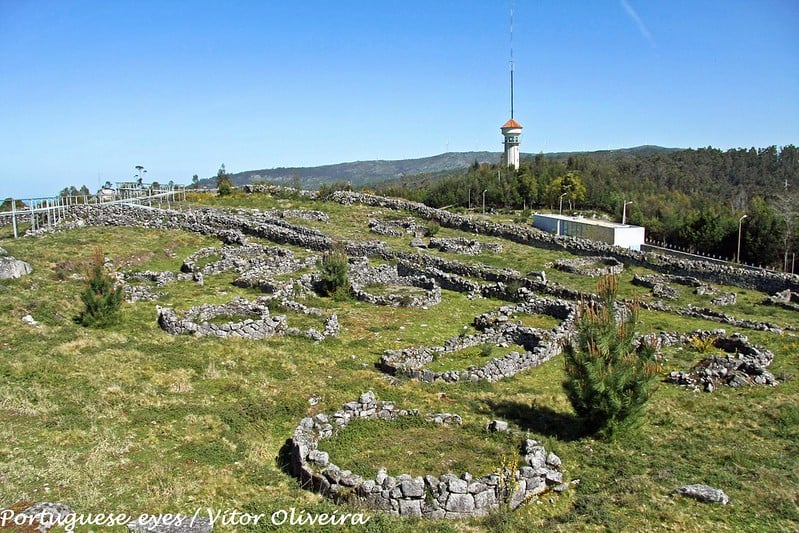
Final Thoughts
Beyond the physical ruins, the Celtic influence persists in Portuguese traditions and customs. Festivals and rituals, such as the São João Festival in Porto and the celebration of the Summer Solstice, have deep roots in ancient Celtic rites that celebrated fertility, the harvest, and the eternal cycle of nature. The circle dances, bonfires, and offerings are an echo of times gone by, a living link to our ancestral past.
These traditions are particularly evident in rural regions, where ancient customs are fervently maintained. Folk music and dances often incorporate elements dating back to Celtic practices, which create a tangible connection between the present and the past. Taking part in these celebrations is a way of experiencing the living heritage of the Celts in Portugal.
The preservation of Celtic ruins in Portugal is an ongoing challenge. Modernization and development threaten many of these ancient sites, but there is a growing effort to protect and promote this heritage. Archaeological and cultural organizations are working to ensure that these relics are not only monuments of the past, but also sources of inspiration and knowledge for future generations.

